Have You Ever Visited the Tallest Clock Tower in India?
If not, then the Clock Tower in Lucknow should definitely be on your travel list. The Hussainabad Clock Tower, tucked away in the heart of this historic city, is more than just a timepiece; it’s a narrator, towering tall for almost a century and whispering tales of the past. Whether you’re a history buff, a curious traveler, or someone looking for Instagram-worthy spots, this architectural gem has something for everyone.
Let’s take a deeper look into what makes the Clock Tower in Lucknow so special.
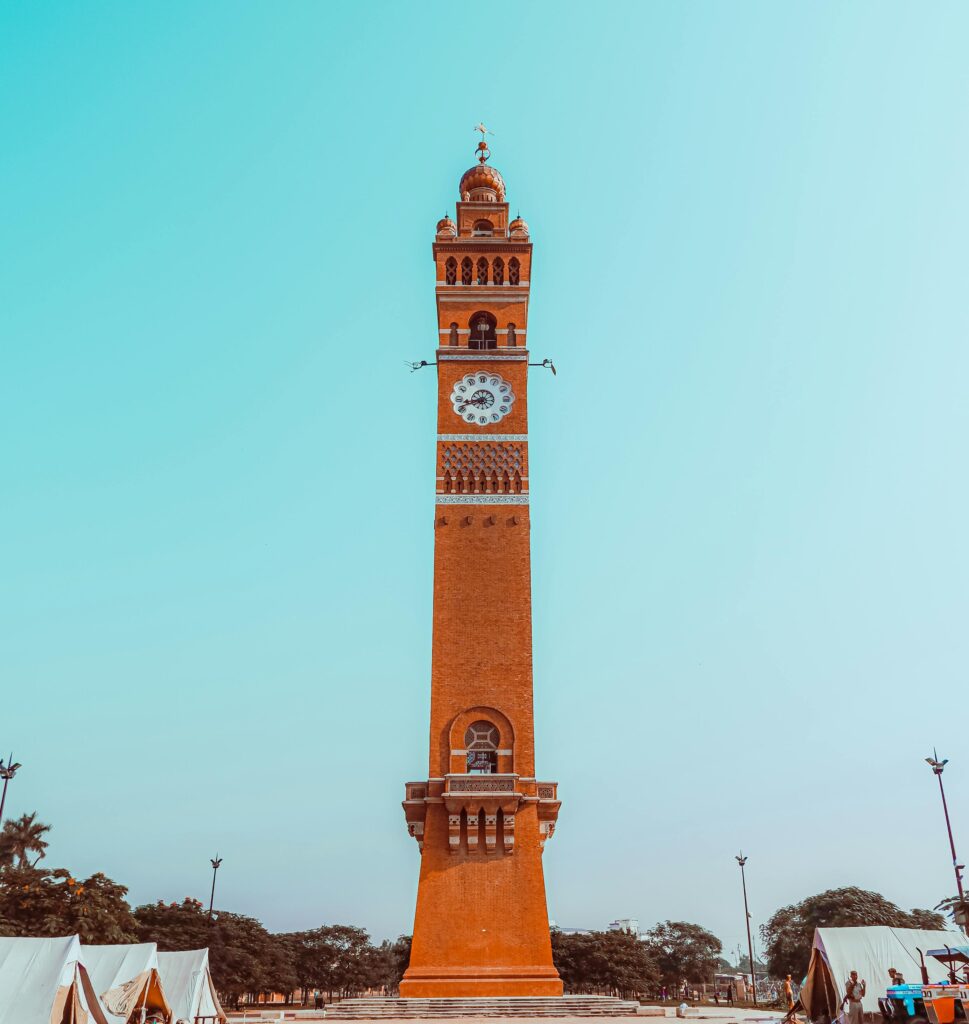
A Glimpse Into the Past
The Clock Tower was built in 1881 to commemorate the arrival of Sir George Couper, the United Province of Awadh’s first lieutenant governor. At 221 feet, it is the tallest clock tower in India, and its Victorian-Gothic style is heavily inspired by London’s Big Ben. This wasn’t just an attempt to impress; it was a deliberate architectural statement during the British colonial era.
What sets it apart is how seamlessly it blends grandeur with functionality. Built by Nawab Nasir-ud-din Haider, the tower is still historically significant and draws people from all over the world.
The Design: A Masterpiece in Red Brick
The Clock Tower has an absolutely magnificent design. It was constructed with exquisite details and red bricks, and its Gothic and Victorian inspirations lend it a timeless beauty. The tower’s enormous dials and 14-foot-long pendulum used to resonate melodiously throughout the city.
It is a work of art rather than merely a clock. The tower’s elaborate carvings and decorative elements on each side make it a sight to behold. Gillet and Johnston, a London-based company, created the clock mechanism, guaranteeing accuracy and robustness.
Why Locals and Tourists Love It
What makes the husainabad Clock Tower so loved by both locals and tourists? It’s not just the height or the age—it’s the entire atmosphere. The tower is located near Rumi Darwaza, another iconic monument. This makes the area perfect for a leisurely evening stroll or a quick photoshoot.
You’ll often find couples taking romantic selfies, children running around, and street vendors selling spicy chaats nearby. The tower, despite its colonial roots, feels completely at home amidst Lucknow’s vibrant street life.
The Best Time to Visit
Though the Clock Tower is open throughout the year, the best time to visit is during the winter months—from November to February. The weather is pleasant, and the nearby Hussainabad Heritage Zone comes alive with light and festivities.
Morning and evening are the most magical times. During the golden hour, the tower is bathed in a warm glow that enhances its red brick texture. Trust us, your camera will thank you.
A Quick Stop or a Deep Dive?
You may come here for just twenty minutes, take a few photos, and leave. But allow yourself some time if you want to enjoy the tower in its fullest.. Pair your visit with nearby attractions like Bara Imambara, Chhota Imambara, and Satkhanda. Together, these create a rich, immersive experience of Lucknow’s cultural landscape.
In fact, many heritage walks now include the Clock Tower in their itineraries. Some even have storytellers who share fascinating tales from the British Raj era, adding life to the brick and mortar.
What Makes Lucknow So Culturally Rich and Colorful?
Have you ever walked through a city and felt like every street had a story to tell? That’s exactly what happens in Lucknow, the City of Nawabs. Known for its timeless charm, elegant manners, and rich heritage, Lucknow is a place where language and festivals come alive in the most vibrant ways.
Let’s explore how the people of Lucknow celebrate life through their festivals and express themselves through a unique linguistic identity.
Festivals That Light Up Lucknow
Lucknow celebrates festivals with unmatched joy and elegance. Whether it’s a religious occasion or a cultural event, the city knows how to bring people together.
Eid is one of the grandest celebrations here. The streets near Aminabad and Chowk come alive with delicious food, colorful bangles, and the aroma of ittr (traditional perfume). Families gather, mosques glow with lights, and sweet dishes like sewaiyan are served with love.
Diwali, the festival of lights, is equally magical. Markets dazzle with decorations, homes shine with diyas, and sweets are shared with neighbors. The unity between communities during these festivals is something that truly stands out.
Other important events include Holi, Muharram, Christmas, and Bada Mangal, which is unique to Lucknow and involves massive public feasts in honor of Lord Hanuman.
The Language of Tehzeeb: Urdu and Hindi.
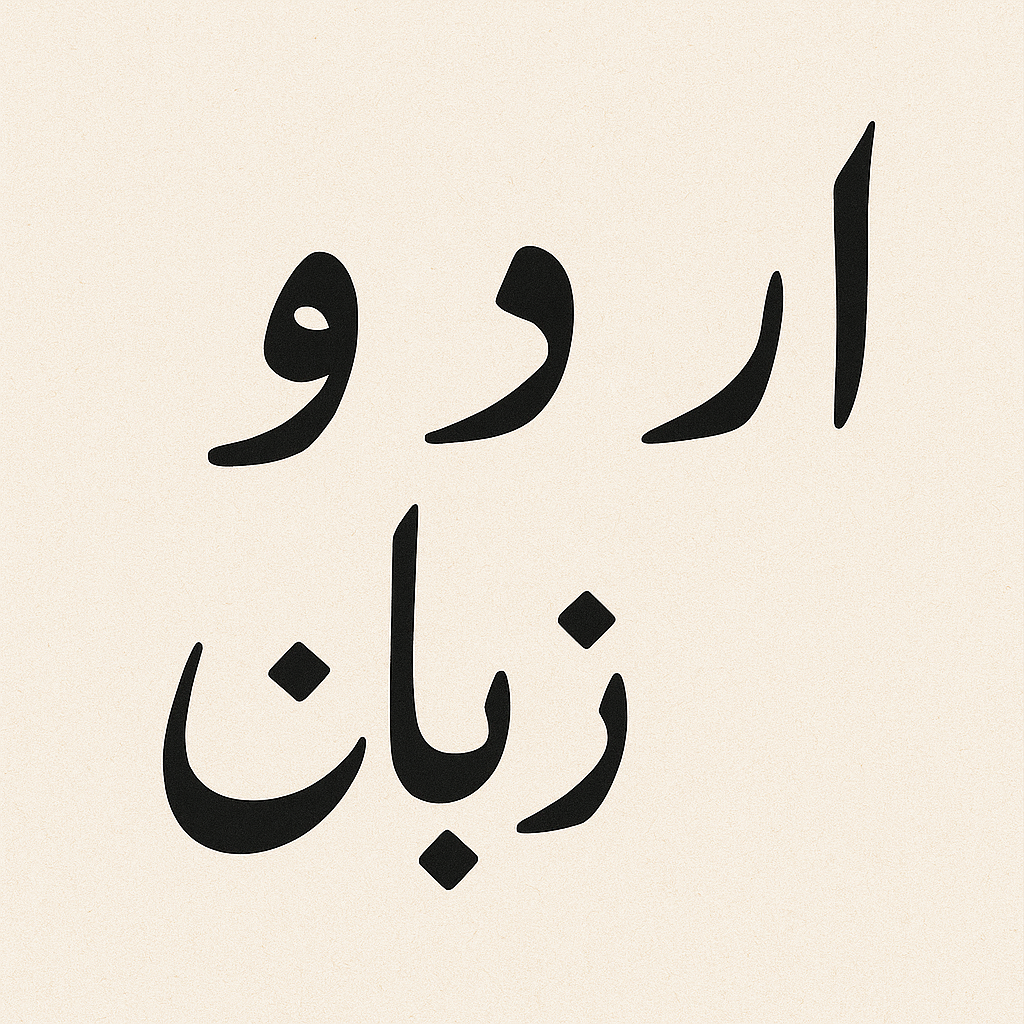
One cannot talk about Lucknow without mentioning its beautiful languages. The city is known for its refined version of Urdu, which is more than just a means of communication—it’s a cultural symbol.
The way people greet each other with “Adab” or “Salaam” shows the respect deeply rooted in the city’s culture. Conversations here are polite, lyrical, and often poetic. Urdu literature, ghazals, and mushairas (poetry gatherings) still thrive in Lucknow, keeping the old charm alive.
Alongside Urdu, Hindi is also widely spoken. In fact, most people are bilingual and switch between Hindi and Urdu effortlessly, which reflects the inclusive spirit of the city.
The Blend of Tradition and Modernity
What makes Lucknow special is how it balances the old with the new. While the festivals follow age-old customs, the city doesn’t shy away from modern celebrations. You’ll see New Year parties, Christmas carnivals, and cultural fairs organized in colleges and parks. Language too is evolving. While the poetic Urdu continues to charm older generations, younger people mix in English with Hindi and Urdu, creating a lively urban lingo.
Restoration and Revitalization
Like many historical structures, the Clock Tower faced years of neglect. However, recent efforts by local authorities and conservation groups have given it a fresh lease on life. The clock was restored to working order, and the surrounding gardens were cleaned and manicured.
Today, the area is cleaner, safer, and more tourist-friendly than ever. You’ll even find information boards, benches, and guided tour options that make your visit more enriching.
Photography Tips for That Perfect Shot
- Looking to get that perfect Instagram shot? Here are a few quick tips:
- Visit during sunrise or sunset for the best natural light.
- Stand near the Hussainabad Talab to get a reflection of the tower.
- Use the foreground (like plants or fences) creatively to add depth.
- A wide-angle lens will help capture the entire height in one frame.
- And don’t forget to take some candid shots with the hustle and bustle of Lucknow in the background
Nearby Food Stops You Can’t Miss
Let’s be honest—no visit to a historical site in Lucknow is complete without good food. Luckily, the Clock Tower is surrounded by several local eateries.
You can walk down to Tunday Kababi for the legendary galawati kebabs, or sip on some kulhad chai from a roadside stall. If you’re craving sweets, grab a malai gilori from a nearby mithai shop. The combination of culture and cuisine here is unbeatable.
Latest Developments and Events
The Lucknow Tourism Board is now focusing on making the Clock Tower a central part of cultural festivals and events. Light shows, music evenings, and art exhibitions are being planned around the site.
Moreover, there are talks of developing a 360-degree virtual tour for global audiences, which would let you explore the tower from anywhere in the world. So even if you can’t visit in person, you won’t miss out on the magic.
Top Indian distinations is here
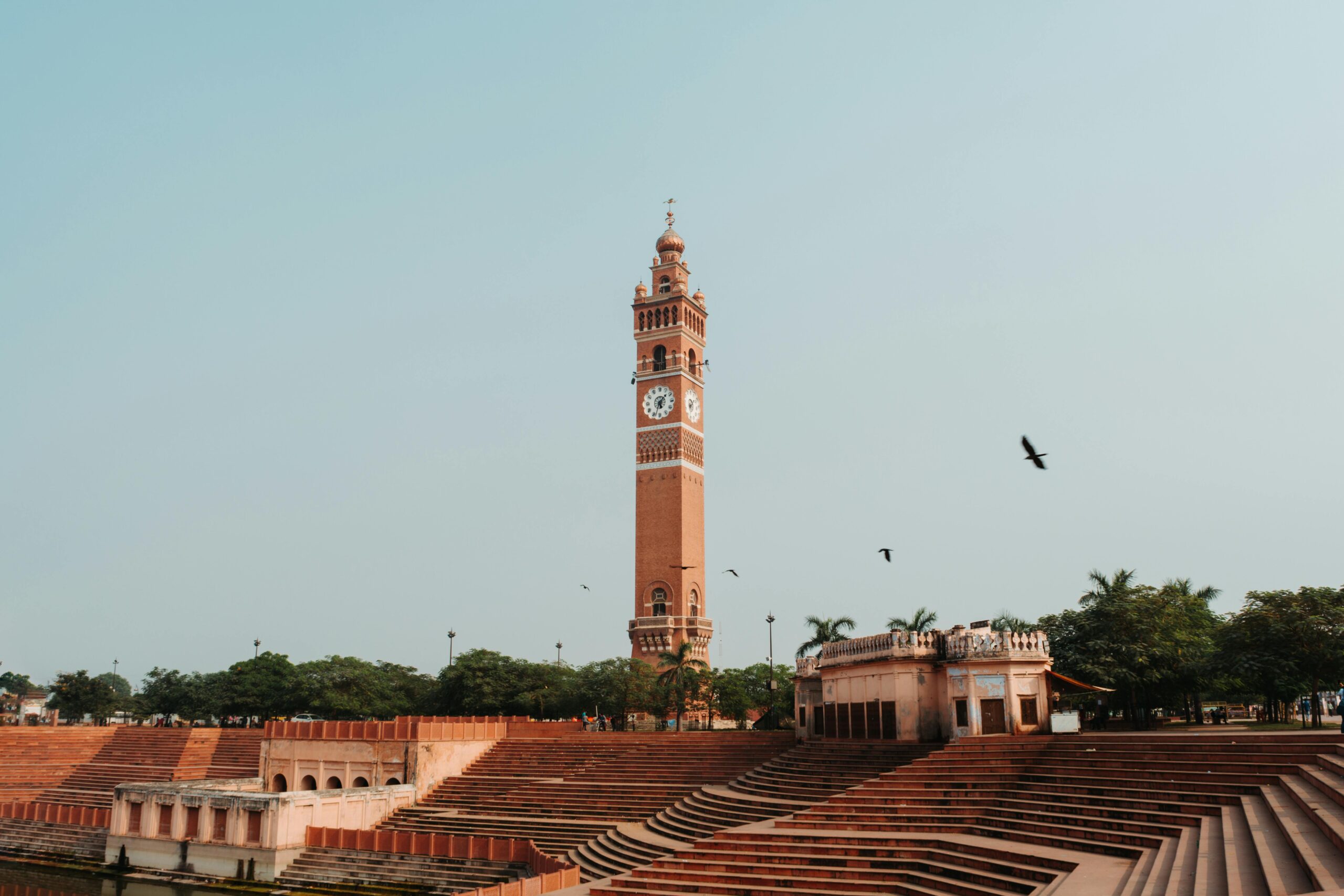
![[2025] 9 Powerful Reasons to Visit Keran Valley (India-Pakistan Border)](https://arzehind.com/wp-content/uploads/2025/07/Screenshot_2025-07-19-14-48-00-779_com.miui_.gallery-870x570.png)

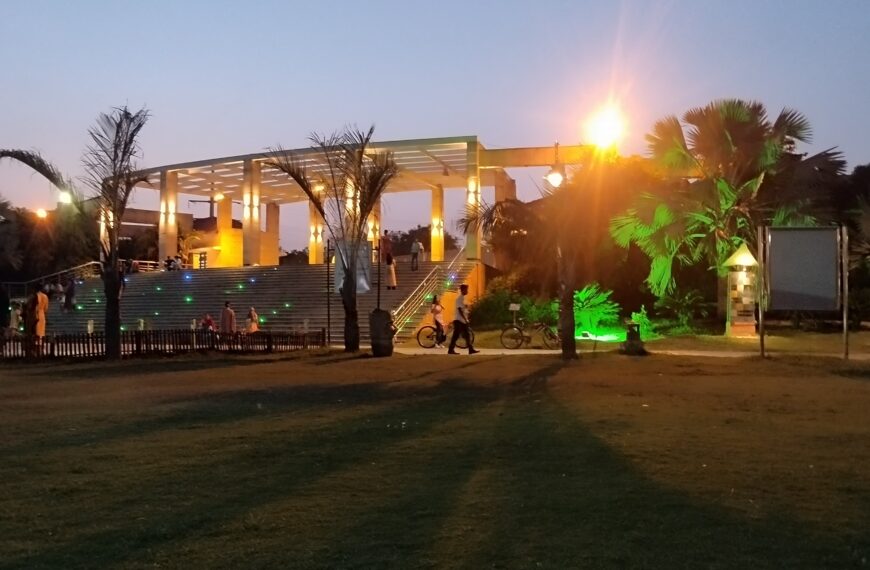
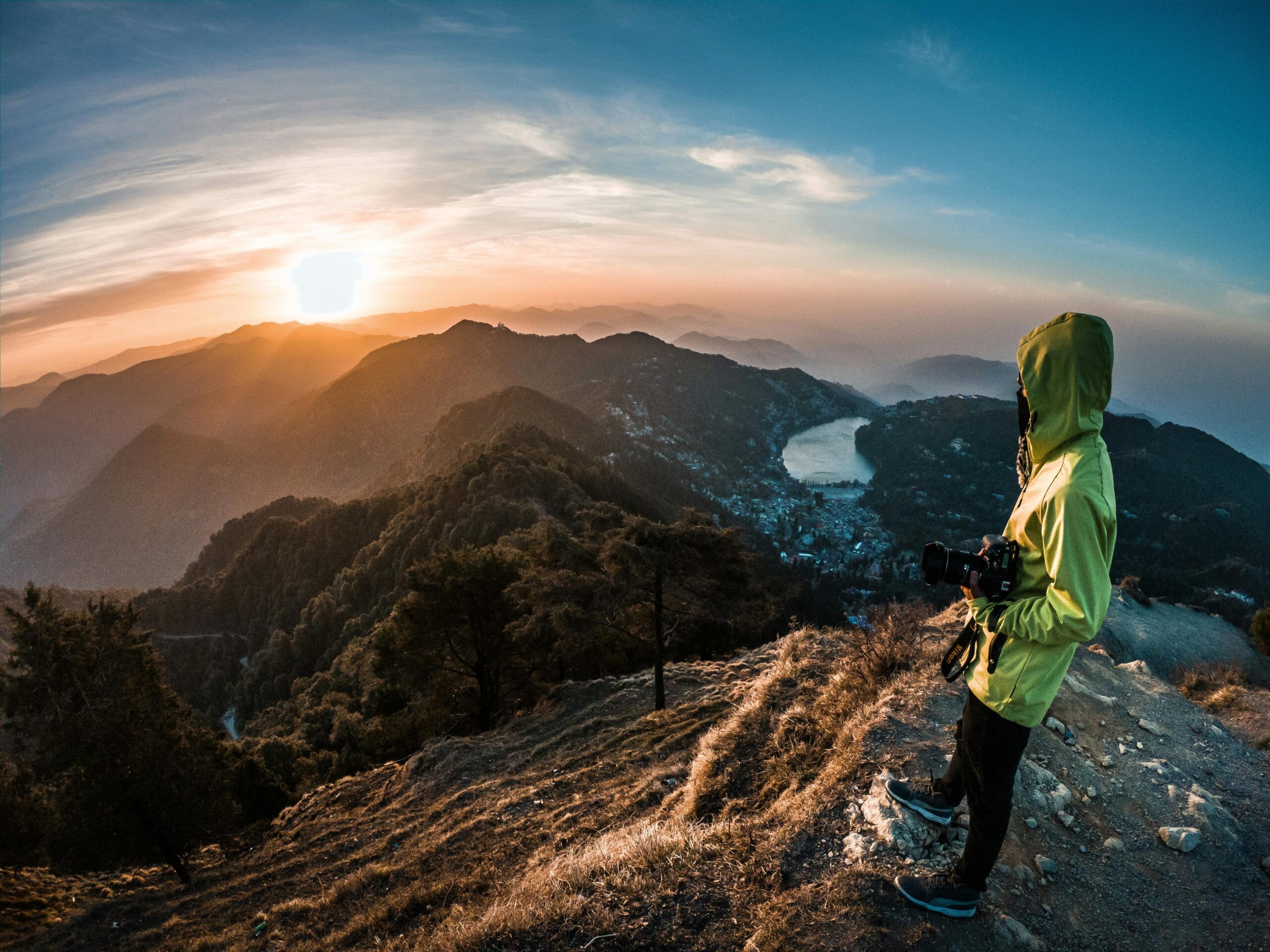

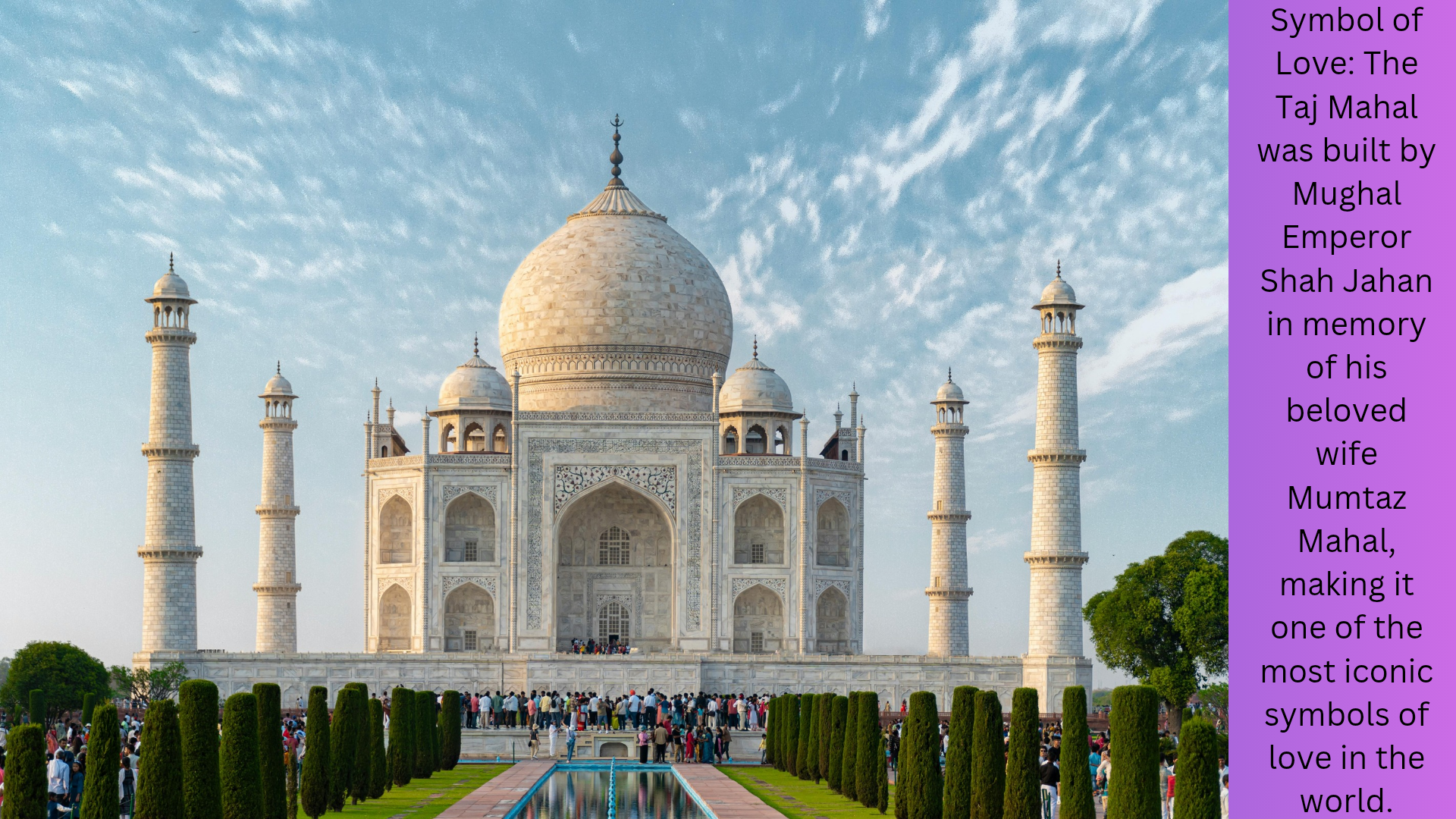
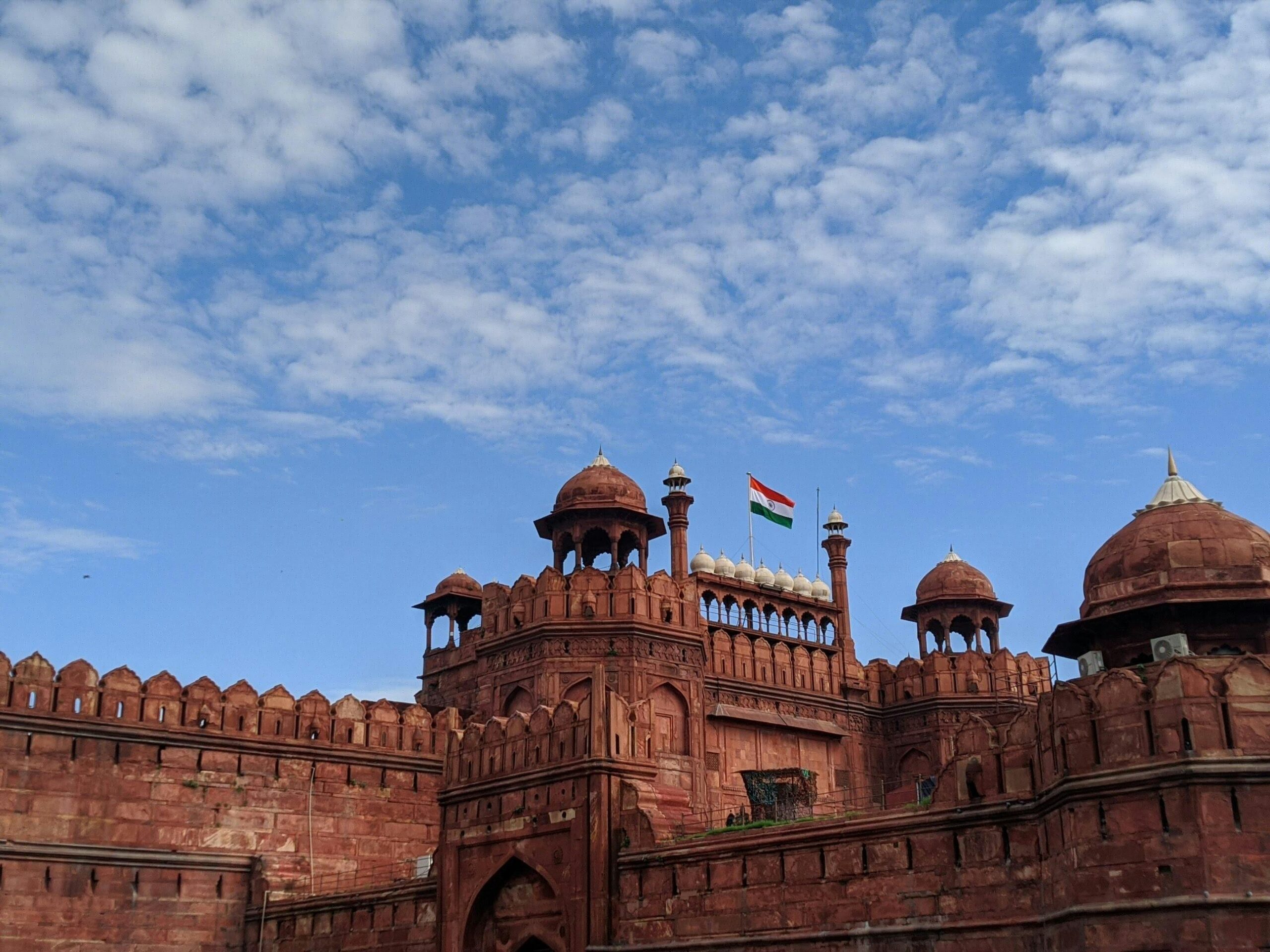
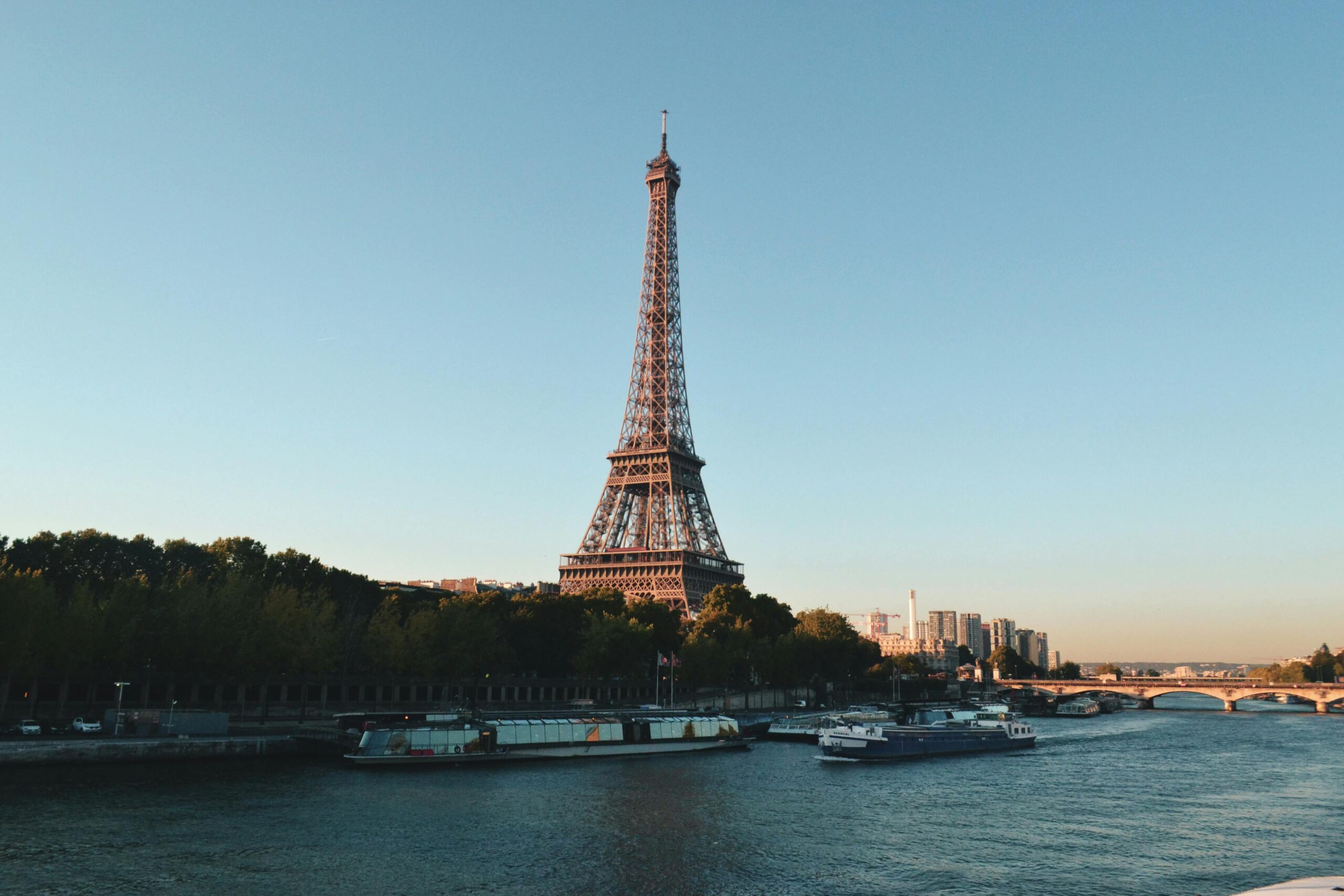
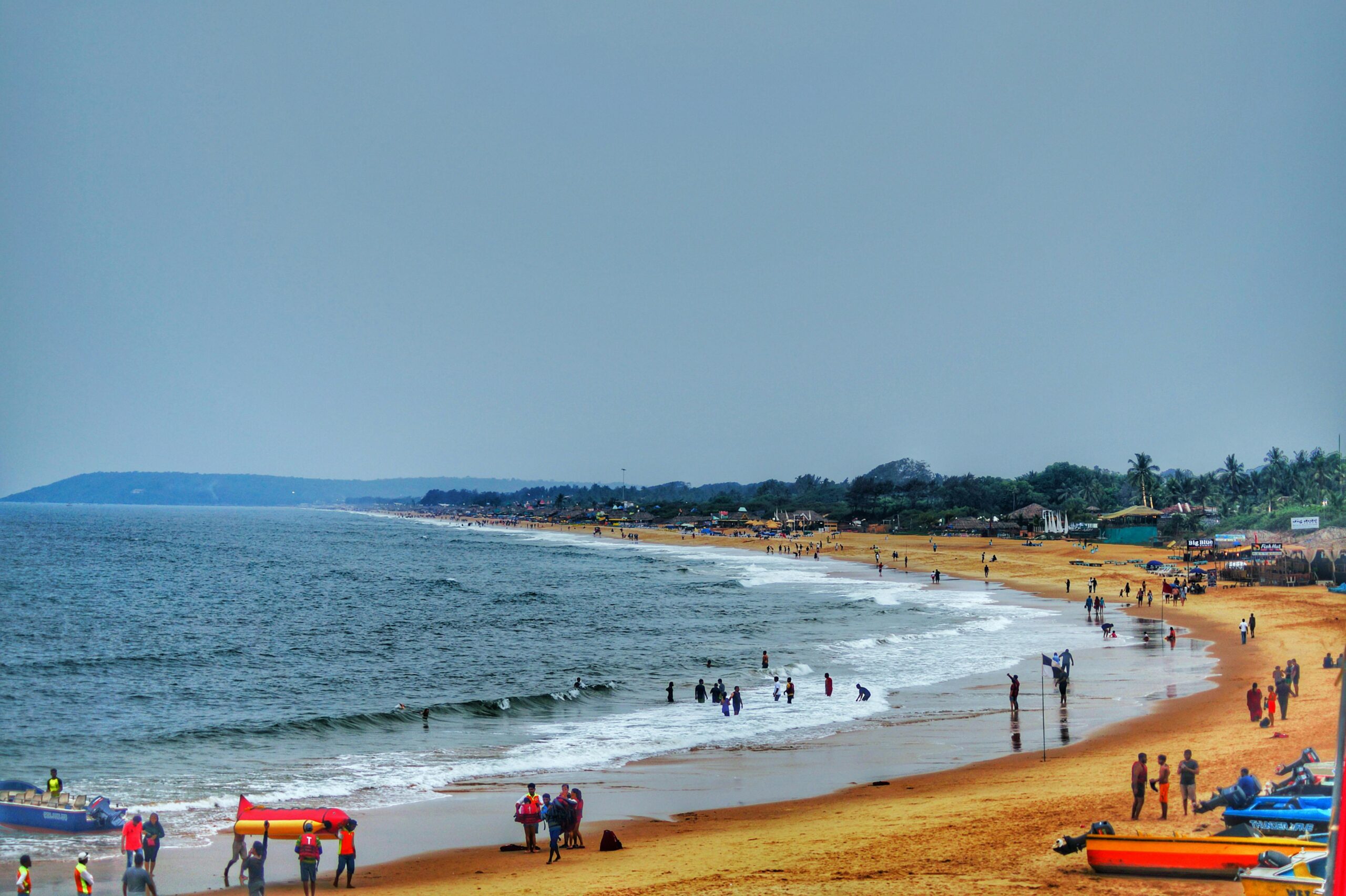
![[2025] 17 Best Things to Know About Bolivia’s Salt Flats (Ultimate Guide!)](https://arzehind.com/wp-content/uploads/2025/08/pexels-kevin-kleber-64080845-8313945-870x570.jpg)
![[2025] 9 Best Times to Visit Hawaii (Weather, Tips & Deals!)](https://arzehind.com/wp-content/uploads/2025/08/IMG_20250816_013201-870x570.jpg)
![[2025] 15 Stunning Things to Do in Ha Long Bay, Vietnam (Travel Picks!)](https://arzehind.com/wp-content/uploads/2025/08/IMG_20250814_014124-870x570.jpg)
![[2025] 17 Amazing Things to Do in NYC with Kids (Family Picks!)](https://arzehind.com/wp-content/uploads/2025/08/pexels-ianr-21854006-870x570.jpg)
![🌟 [2025] 21 Best Things to Do in NYC (Top Travel Picks!)](https://arzehind.com/wp-content/uploads/2025/08/pexels-arpan-parikh-78161269-8879044-870x570.jpg)
![[2025] 13 Best Things to Do in Times Square (Insider Picks!)](https://arzehind.com/wp-content/uploads/2025/08/1000018836-870x570.jpg)
![[2025] 15 Must-Visit Places in Connecticut (Top Picks!)](https://arzehind.com/wp-content/uploads/2025/08/pexels-mikhail-nilov-9400908-870x570.jpg)
![[2025] 9 Best Times to Visit Colorado (Seasonal Travel Guide!)](https://arzehind.com/wp-content/uploads/2025/08/pexels-febe-vanermen-180443766-11212406-870x570.jpg)
![[2025] 15 Best Reasons to Visit California (Top Guide!)](https://arzehind.com/wp-content/uploads/2025/08/pexels-pixabay-208745-870x570.jpg)